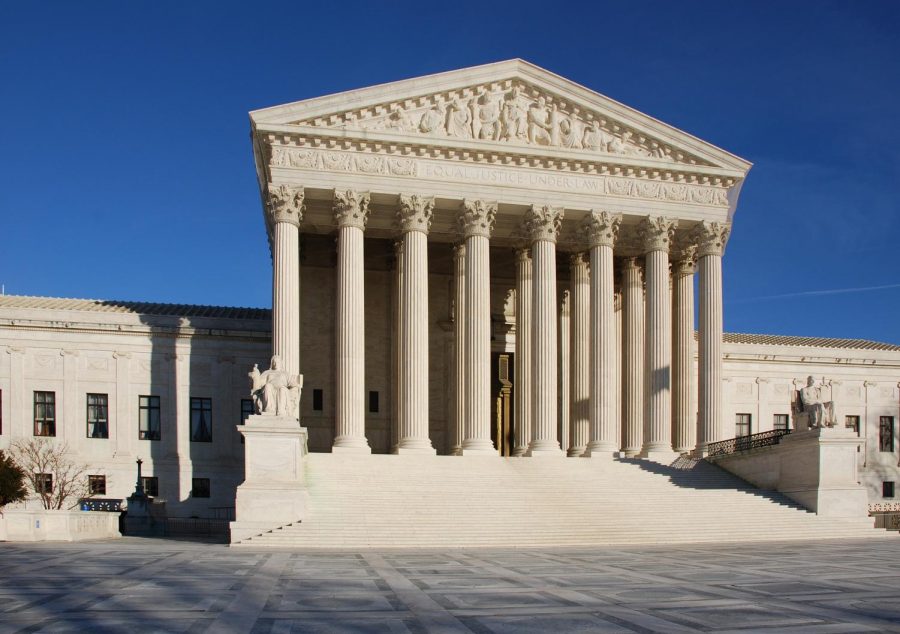U Professors Discuss the Importance of Utah Supreme Court’s First Female Majority
December 28, 2022
Two University of Utah Law alumni, Diana Hagen and Jill Pohlman, were recently appointed to serve as justices on the Utah Supreme Court, marking the first time in history that the state’s top court has had a female majority.
The Utah Supreme Court is the highest court in Utah, with 5 justices serving for 10 years each. With the appointment of Hagen and Pohlman, three of the five justices are now women.
According to Micheal Dichio, an assistant professor of political science, this never-before-seen female majority on the court will bring in new and different perspectives that will help discussions, something important when it comes to deciding legal issues.
“I think what we get when we have a court that is more diverse, is we get courts that are able to consider issues from angles that may not have been considered previously,” Dichio said. “They’ll bring to their different life experiences and different professional experiences that make oral arguments at an appellate level like the Utah Supreme Court have a richer discussion.”
Along with different perspectives and backgrounds, these new appointees create more female representation in politics, which will help inspire and motivate women to join politics and elected positions, said Dave Buhler, regents professor in the department of political science at the U.
“I do think whenever people see women in leadership roles, it can inspire them to realize that, ‘oh, I could do that too,’” Buhler said. “So that is very positive.”
This representation is particularly important for younger women in college who are studying law and aspire to become politically active in the future, said Dichio.
“It’s so important just for the broader symbolism and inspiration to our young, female, aspiring lawyers, litigators and jurists,” Dichio said. “It’s important for our students to see themselves represented at the highest levels of state and federal politics.”
Buhler said from his personal experience, with more women serving on the Utah Supreme Court, the way the courts operate and come to decisions will be different than a court dominated by men. He expects the dynamics to change.
“Sometimes females tend to approach problems and issues a little bit differently than men,” Buhler said. “I don’t know that substantively, there was any major change, but I did notice a difference, and I suspect that the men on the Supreme Court may notice a difference as well.”
Despite the change in gender composition on the court, Buhler said he expects there to be little change in the way rulings are made by the judges, and that their decisions will be based on the information given to them.
“Their obligation is to judge on the law and the facts that are before them,” Buhler said.
However, Dichio said that it is hard to predict if modifications in rulings will occur or not, but changes like the one seen on the Utah Supreme Court are likely to have some effect on decisions made in the future.
“We know from the study of judicial decision making at the appeals court level … that these things can make a difference in what is argued, in what is decided,” Dichio said. “I think it’s reasonable to think that we would, you know, maybe see some differences at least in a subset of cases.”
With this female majority, Buhler said he is happy the Utah government is becoming more representative of the public, and he is interested to see how the new justice affects court decisions in the future.
“I’ll be very interested to see if there are any changes in how they approach issues that come before them, whether that’s the case that may eventually get to them on redistricting, or on abortion in particular,” Buhler said. “That case may come to them. These are both cases in the district court right now, and it will be very interesting to see what happens. It’s worth watching.”








